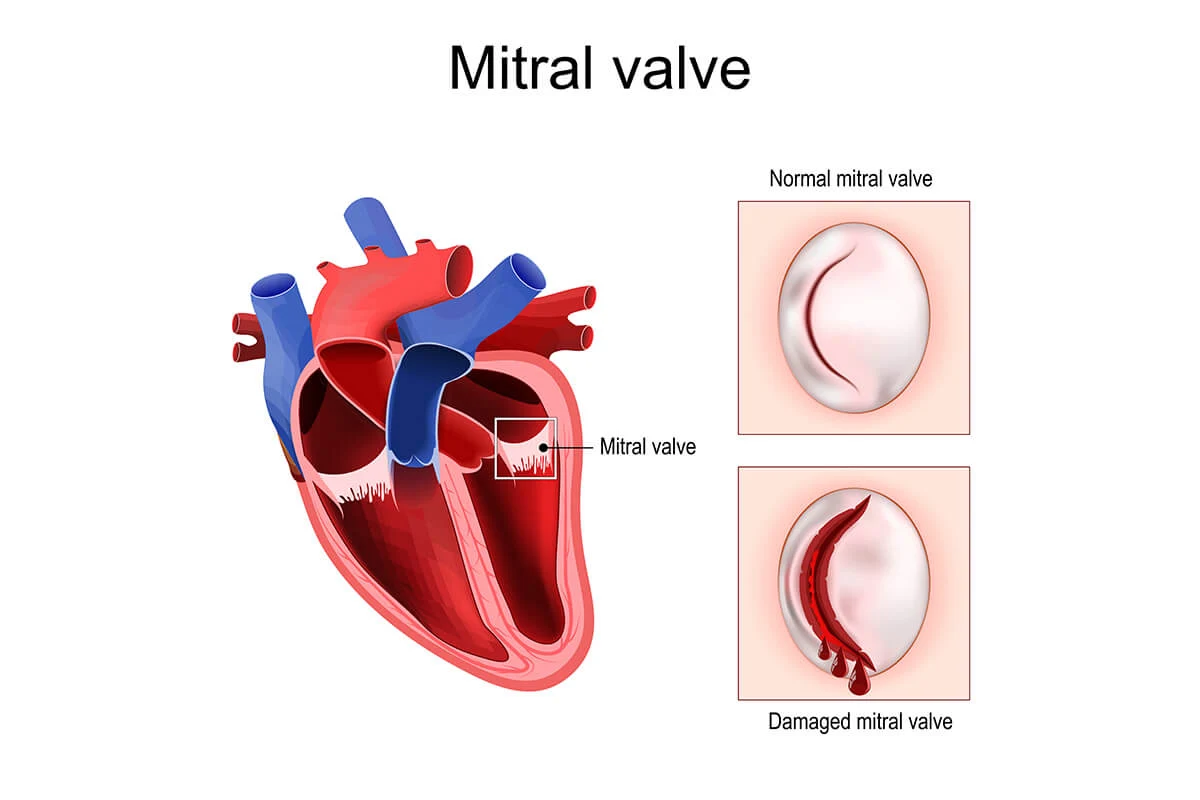The mitral valve is the valve that ensures one-way blood flow between the left atrium and the left ventricle. As a result of past episodes of rheumatic fever, the mitral valve can gradually develop stenosis or insufficiency.
As a result of stenosis, an insufficient amount of blood can pass from the atrium to the left ventricle, leading to shortness of breath. If left untreated, this condition can lead to arrhythmia, pulmonary hypertension, and right-sided heart failure.
Treatment options vary depending on the degree of stenosis in the valve. In cases of mild stenosis, medication may be sufficient, while for moderate to severe stenosis, two options are available: mitral balloon valvuloplasty or open-heart surgery.
The advantages of mitral balloon valvuloplasty include being performed under local anesthesia and allowing the patient to be discharged more quickly. The primary goal of valvuloplasty is to delay the necessity of mitral valve replacement surgery.
How Is Mitral Balloon Valvuloplasty Performed?
Mitral balloon valvuloplasty is typically done through a catheter inserted from the groin. A balloon is guided into the narrowed mitral valve and then inflated to widen the valve opening.
This improves blood flow between the left atrium and left ventricle. The procedure usually takes about one hour and is done under local anesthesia with mild sedation.
Who Is a Good Candidate for This Procedure?
Patients with moderate to severe mitral valve stenosis, especially those who are not suitable for open-heart surgery, are ideal candidates.
It is also preferred in younger patients or those with fewer calcium deposits on the valve. Doctors decide based on echocardiographic findings, symptoms, and overall health status.







